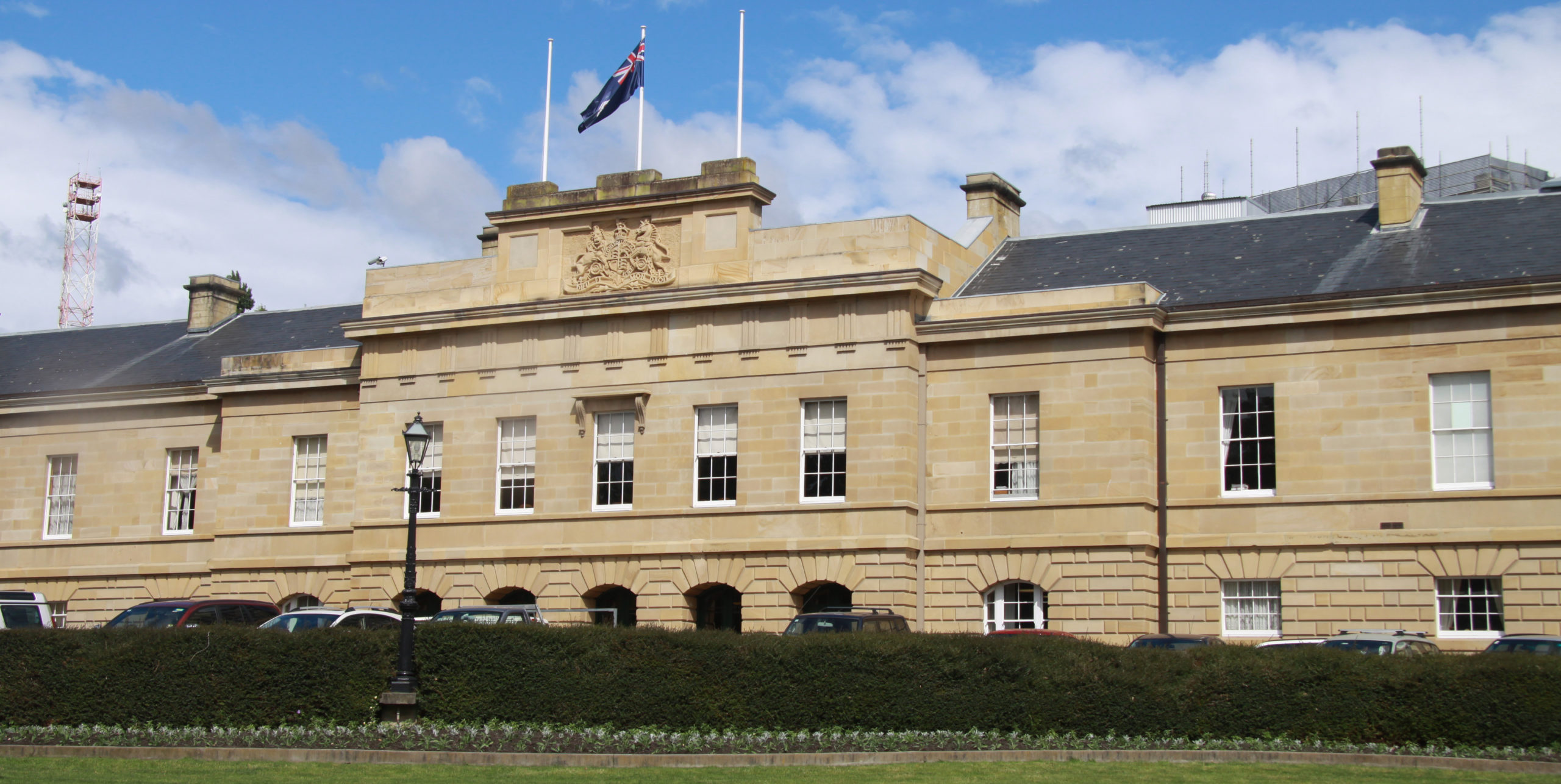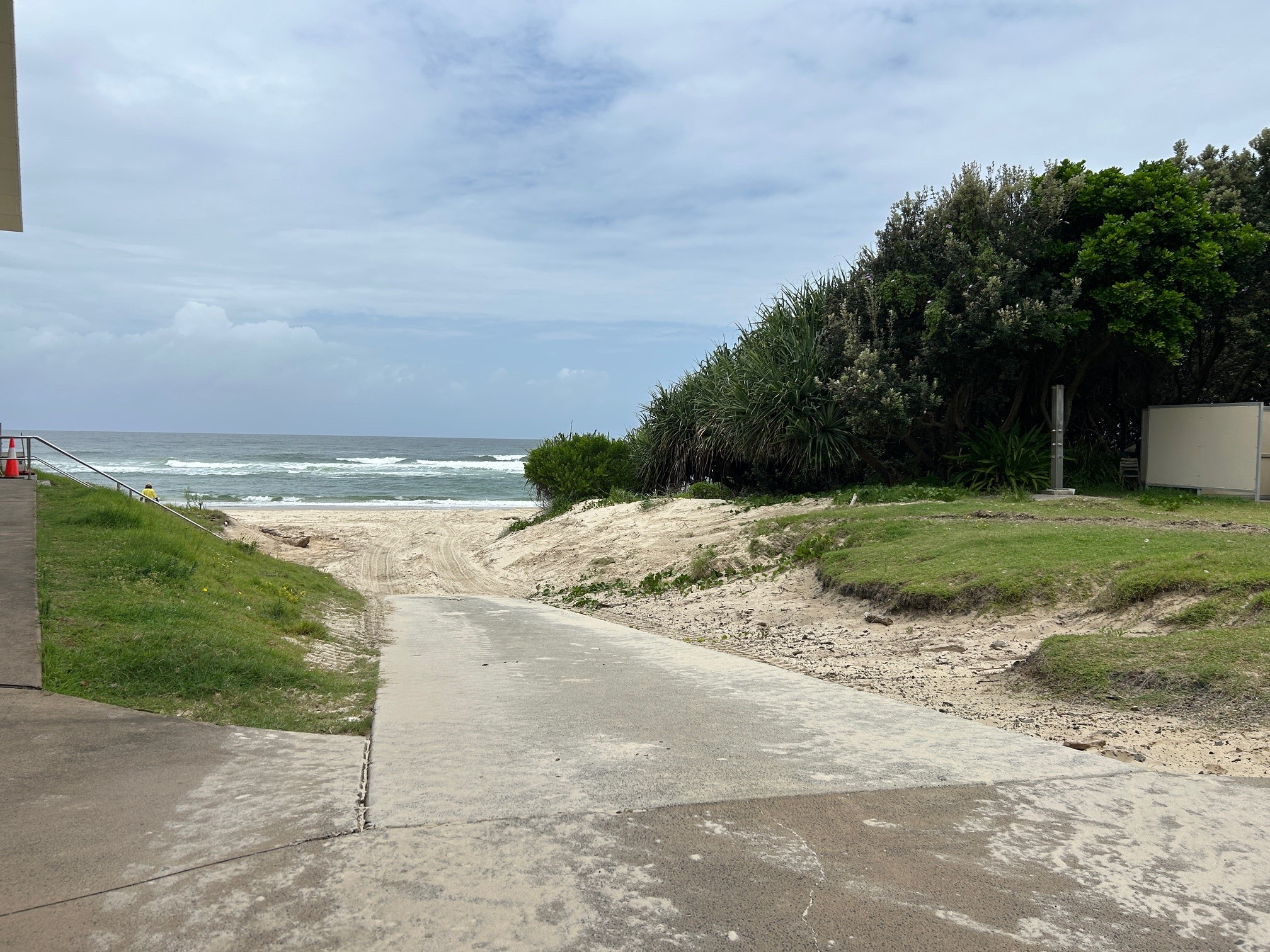Fluoride is back in the news, after incoming US ” ” Robert F. Kennedy Jr from drinking water.
Author
- Oliver A.H. Jones
Professor of Chemistry, RMIT University
At the same time, the Australian Medical Association (Queensland) recently urged local councils to to water supplies, amid rising incidence of oral disease.
So what is fluoride, and why is it so controversial?
What is fluoride?
Fluoride is a found in rocks (for example, the mineral fluorite) as well as water sources, soils and plants.
The three compounds for fluoridating water: sodium fluoride, sodium fluorosilicate and fluorosilicic acid.
Usually, one of these compounds is added – under carefully monitored conditions – during drinking water treatment before it is sent to the tap.
Is it good for our teeth?
Fluoride helps prevent cavities by making tooth enamel more from bacteria in your mouth.
The addition of small amounts of fluoride to drinking water to prevent dental decay began in the United States in 1945. This resulted from health officials in a Colorado City noticing residents had .
This was traced to the high levels of fluoride naturally present in the local water. Research later confirmed while , lower concentrations still prevented cavities without harmful side effects.
In Australia, fluoride was first added to water in .
Today, around 90% of Australians can access fluoridated water at levels of between . This is estimated to have in Australia by 26-44%.
This does depend on where you live as there are different policies in different states and territories. For example, about 28% of Queenslanders .
What are people worried about?
There has always been opposition to fluoridation. This includes it is “government overreach” since we can’t easily opt out from drinking tap water.
A also claimed fluoride affected the IQ of children. But this work has been and a 2024 study detailed in the study design.
Multiple reviews of high-quality studies from many different countries, including the and , have found no evidence of harm.
One study followed people , testing their IQs at various ages, and found no link between fluoride levels and IQ scores.
Working out what’s safe
It’s reasonable to want to know what’s in our drinking water and to ensure it is safe. But discussions about toxicity are meaningless without context.
Excessive fluoride intake can have harmful effects, such as weakened bones ( ). But the key word is “excessive”.
Anything to humans if the dose is too high, even water itself. The amount of fluoride needed to cause harm is much higher than you get from drinking water.
In Australia, the states and territories fluoridate their drinking water supplies within a range of 0.6 to 1.1 mg/L.
Recently, authorities decided to deliver bottled water for children under 12 and pregnant women in two remote Northern Territory communities with (1.7 to 1.9 mg/L). This measure was taken as a precaution in response to community concerns, not because any harmful effects were recorded.
Lessons from places that removed fluoride
The risks of adding fluoride to water are . But several recent cases demonstrate the very real health risks of not fluoridating water.
The Canadian city of Calgary removed fluoride from drinking water in 2011. Seven to eight years later, dental cavities in children were significantly higher in , which did not remove fluoride.
In 2015, Buffalo, New York removed fluoride from its water supply. Dental problems increased so much parents .
Israel is another interesting case. The introduction of in 2002 significantly reduced children’s dental issues. This trend reversed in 2014, when fluoridation was discontinued – despite the government introducing free dental care for children in 2010.
An equity issue
The evidence has continually demonstrated fluoride is not only safe – it has significant benefits for oral health.
Some of the benefits of fluoride can be achieved .
But dentistry is . Fluoridating water ( ) remains one of the most equitable ways to ensure these benefits are not only for those who can afford it.
![]()








